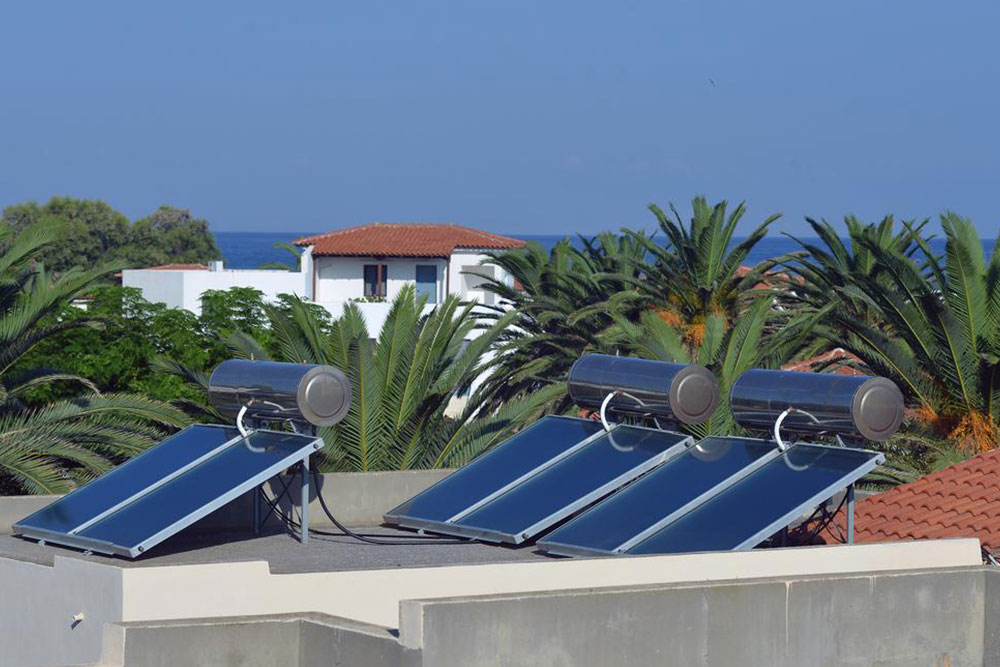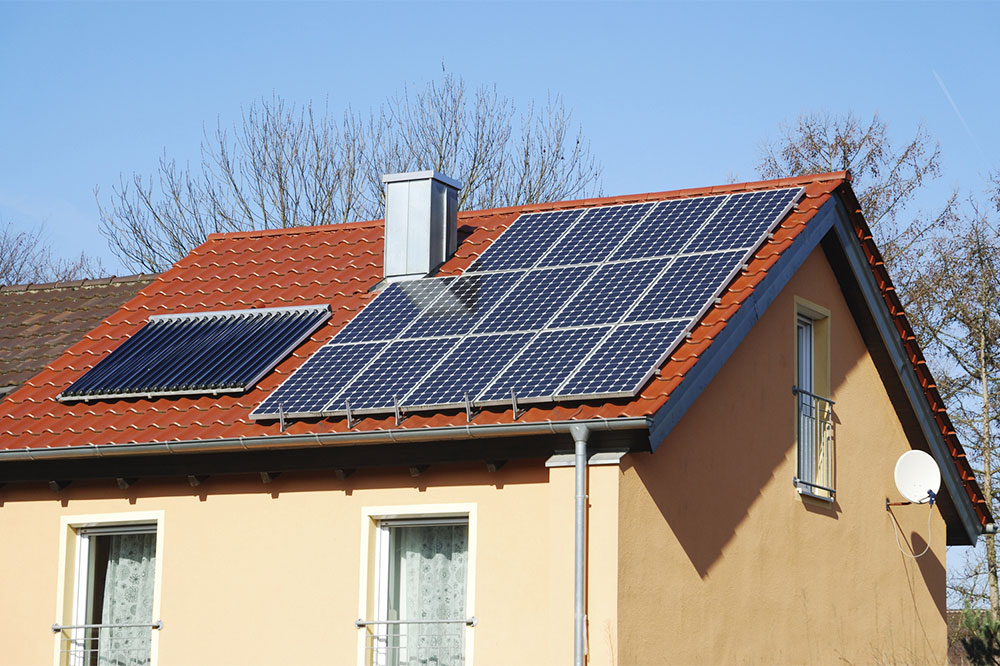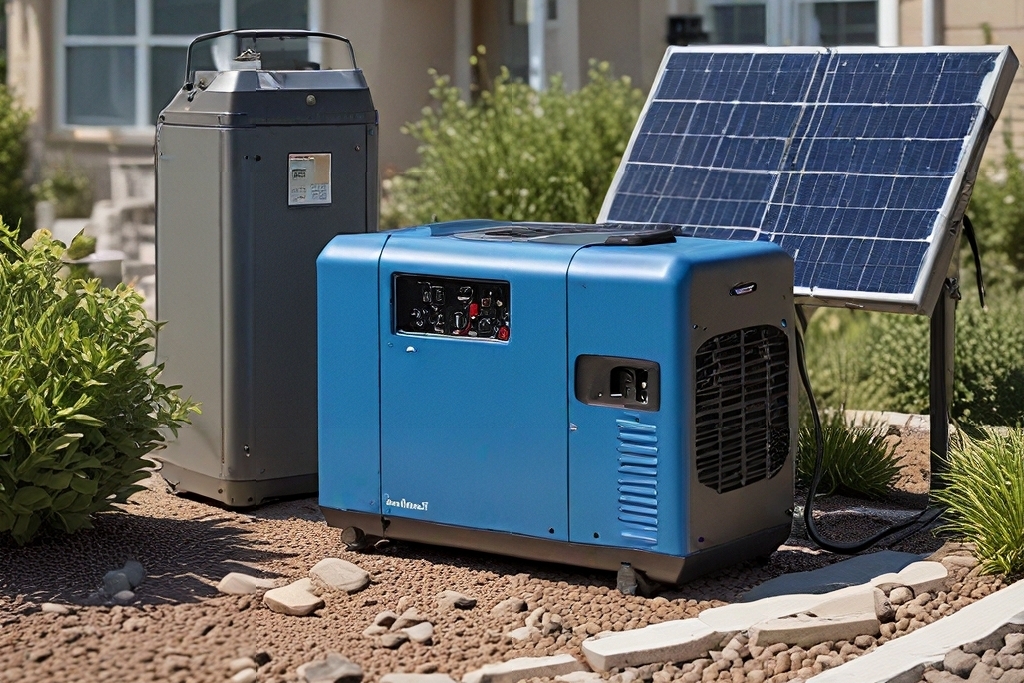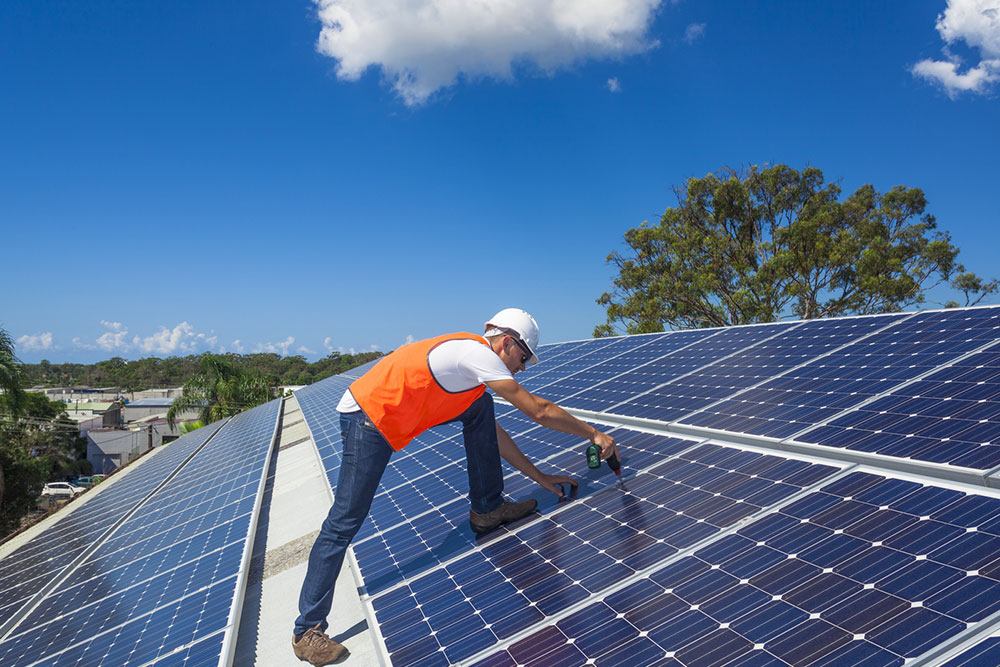Ultimate Guide to Various Types of Solar Panel Systems for Your Home
This comprehensive guide explores various types of solar panel systems suitable for residential use, including monocrystalline, polycrystalline, and thin-film options. It discusses their advantages, cost considerations, efficiency, and ideal applications to help homeowners make informed decisions for sustainable energy solutions. Learn about the best choices based on space, budget, and performance needs, with tips on selecting the right system for your home to maximize energy savings and investment value.

Ultimate Guide to Various Types of Solar Panel Systems for Your Home
In today's eco-conscious world, the shift towards renewable energy sources has gained significant momentum, with solar power leading the way. If you're considering upgrading your home with solar energy, understanding the different types of solar panel systems available is crucial to making an informed decision. Each type of solar panel comes with its own set of advantages, limitations, efficiency ratings, and cost implications. This comprehensive guide explores the main categories of solar panels—monocrystalline, polycrystalline, and thin-film—detailing their features, performance, and suitability for various residential needs.
Understanding Monocrystalline Solar Panels
Monocrystalline solar panels, often referred to as mono-SI panels, are among the most efficient and popular choices for residential solar installations. Developed in the 1950s during the early days of photovoltaic technology, these panels are crafted from high-purity silicon. The silicon is cut from a single crystal structure, which means each panel is made from one continuous silicon crystal. This manufacturing process results in a uniform appearance characterized by a sleek, dark black color and a smooth, rounded edge.
One of the main advantages of monocrystalline panels is their high energy conversion efficiency, which typically reaches up to 21%. This means they can generate more electricity per square foot compared to other types, making them ideal for homes where space is limited. Because of their efficiency and compact size, monocrystalline panels are particularly well-suited for rooftops with restricted space or when maximizing power output is a priority.
Durability is another key benefit. These panels usually come with warranties of 25 years or more, reflecting their long lifespan and robustness under various weather conditions. They are known for their ability to perform well even in low-light conditions, such as cloudy days or early mornings, ensuring consistent energy production throughout the year.
However, the manufacturing process for monocrystalline panels is more complex and involves higher material costs, which translates into a higher retail price. Nevertheless, their high efficiency and longevity often offset the upfront costs for many homeowners seeking reliable and high-performance solar solutions.
Polycrystalline Solar Panels: An Affordable Alternative
Polycrystalline solar panels, also known as multi-SI panels, present a more budget-friendly option without significantly compromising performance. The manufacturing process involves melting raw silicon and pouring it into molds, where it cools to form silicon blocks. These blocks are then sliced into wafers to produce the solar cells.
The visual look of polycrystalline panels is characterized by a speckled, bluish appearance due to the multiple silicon crystals, which differentiates them from the uniform black of monocrystalline panels. While these panels generally have a slightly lower efficiency—around 15-17%—they still provide a solid performance for many residential applications, especially when budget constraints are a concern.
In terms of physical characteristics, polycrystalline panels usually require more space to produce the same amount of energy as monocrystalline panels because of their lower efficiency. This means that for homeowners with limited roof space, these panels might necessitate a larger installation area to meet energy needs.
On the downside, polycrystalline panels tend to have shorter lifespans, generally around 20-25 years, and may experience a slightly faster degradation rate over time. However, their lower initial cost and decent efficiency make them a popular choice for cost-conscious consumers who want a balance between performance and affordability.
The Pros and Cons of Thin-Film Solar Panels
Thin-film solar panels represent a different technological approach in photovoltaic technology. Instead of silicon wafers, these panels are constructed by layering photovoltaic materials such as amorphous silicon, cadmium telluride, or copper indium gallium selenide onto flexible substrates. This manufacturing process results in lightweight, flexible panels that can be integrated into various surfaces and architectural designs.
One of the most distinctive advantages of thin-film panels is their lightweight and flexible nature. This makes them suitable for installation on surfaces where traditional rigid panels cannot be mounted, such as curved rooftops, building facades, or other unconventional locations. Their resistance to shading and partial obstructions also ensures better performance in certain scenarios where fixed panels might see significant drops in output.
Despite these benefits, thin-film panels generally have lower efficiency ratings, typically ranging from 7% to 13%. This means they require much larger installation areas to generate comparable power levels to crystalline silicon panels, which can be a drawback for residential settings with limited space. Additionally, their performance tends to degrade faster over time, resulting in shorter warranties—often around 10-15 years—and a shorter overall lifespan.
Weather resistance is another consideration. Thin-film panels are generally more sensitive to temperature fluctuations and may perform less effectively in extreme heat conditions. They are also more prone to damage from environmental factors like hail or physical impacts, which can affect their long-term durability.
In summary, thin-film solar panels are ideal for specific applications that benefit from lightweight and flexible installation options—such as large commercial projects or custom building integrations—rather than traditional residential rooftops where space efficiency is a primary concern.
Selecting the Right Solar Panel System for Your Home
Choosing the most suitable solar panel system for your residence involves evaluating multiple factors beyond just efficiency and cost. Consider your available roof space, shading issues, aesthetic preferences, and long-term energy goals. For homes with limited space and a desire for high efficiency, monocrystalline panels are often the best choice despite their higher initial investment. Their durability and high power output make them a reliable long-term solution.
If budget constraints are a significant factor and there is ample space available, polycrystalline panels can offer substantial savings while providing dependable performance. They strike a balance between affordability and efficiency, making them a popular option among homeowners seeking cost-effective solar solutions.
For homeowners interested in innovative design or installing solar in unconventional locations, thin-film panels present an attractive alternative. Their lightweight and flexible properties allow for creative applications, although they require larger areas and come with shorter warranties than crystalline options.
Online platforms such as wholesalesolar.com and gogreensolar.com provide comprehensive comparisons, customer reviews, and purchasing options for all types of solar panels. Conducting thorough research and consulting with certified solar installers can help identify the best system tailored to your specific home, energy consumption, and financial plans.
In conclusion, selecting the right solar panel system involves a careful assessment of your energy needs, budget, available space, and aesthetic preferences. With continuous advancements in photovoltaic technology, newer models with improved efficiencies and durability are emerging, making solar energy an increasingly accessible and reliable home upgrade.





